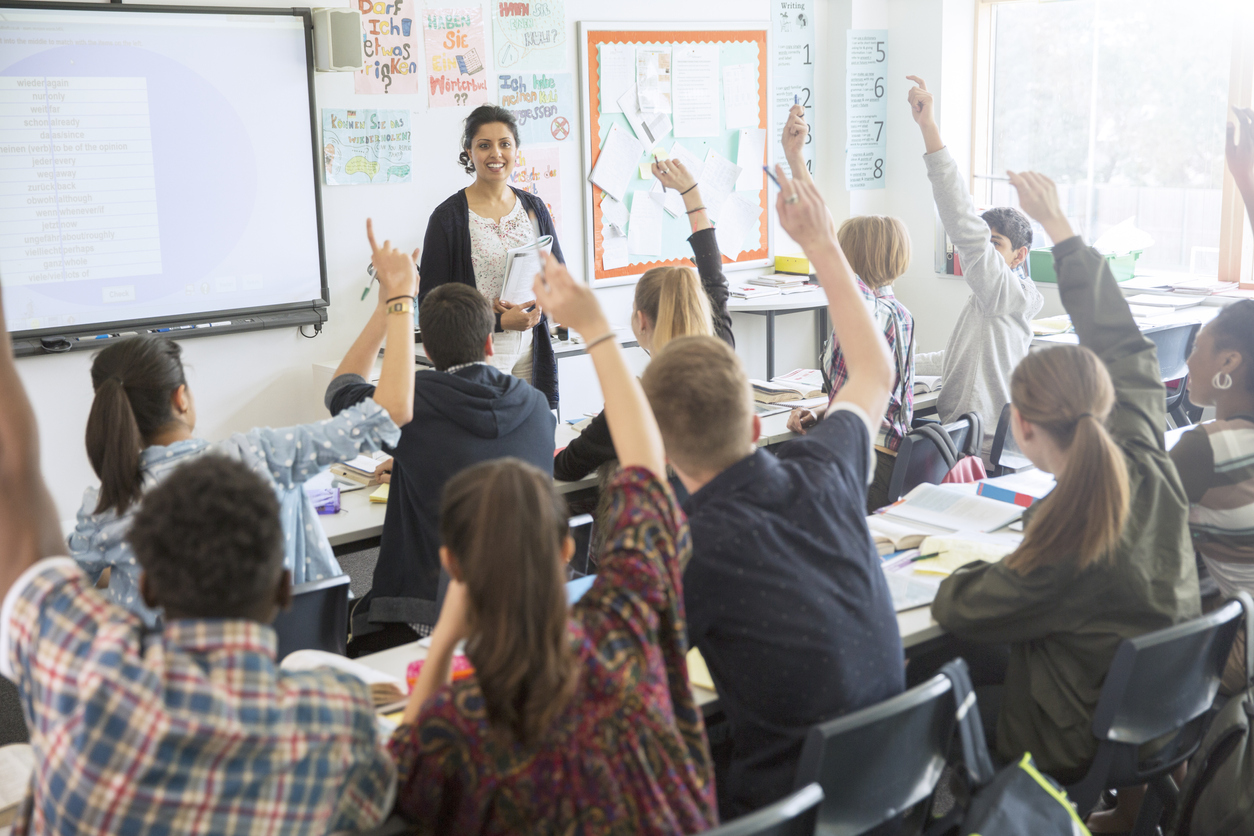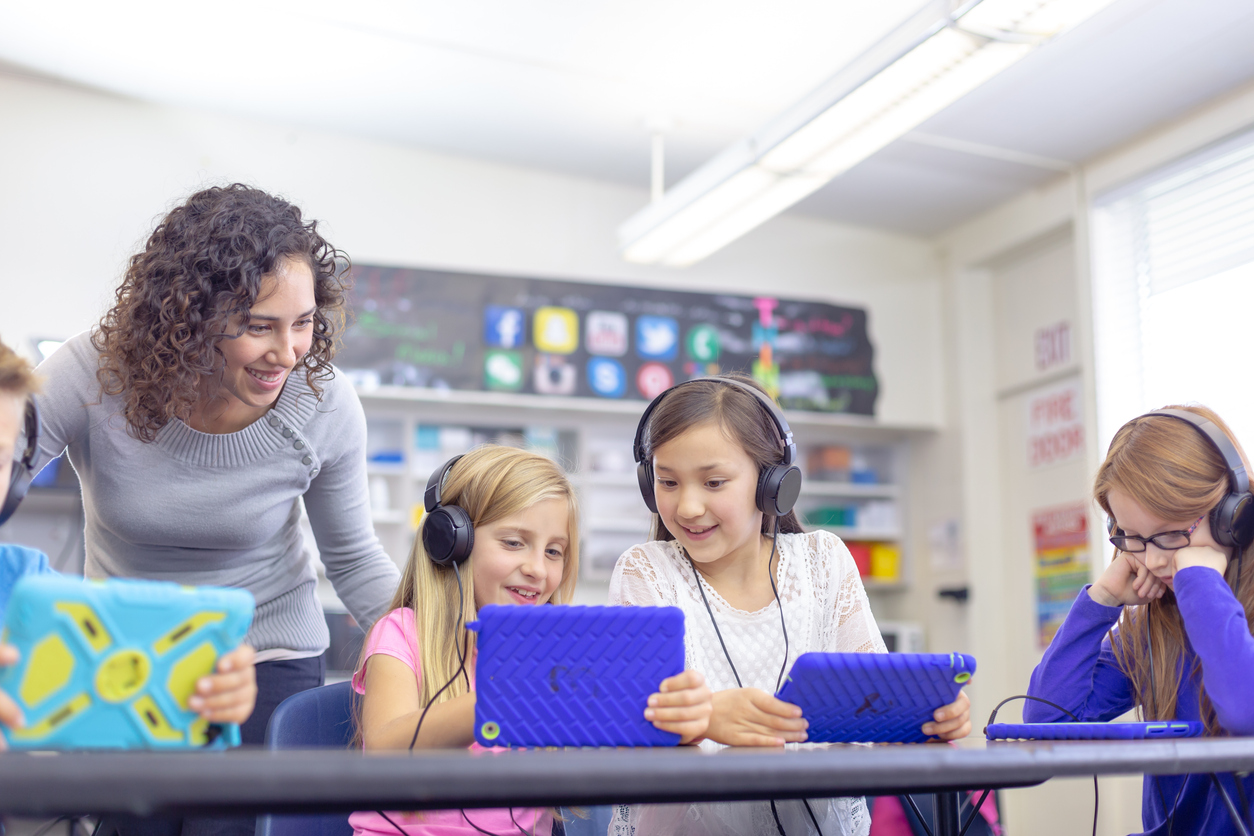Get Top Results with Primary Science Tuition Singapore from Experienced Tutors
Get Top Results with Primary Science Tuition Singapore from Experienced Tutors
Blog Article
A Comprehensive Guide to the Various Discovering Approaches in Primary Science Guideline
The exploration of varied discovering techniques in main science direction offers an opportunity for instructors to enhance trainee interaction and comprehension dramatically. By taking a look at hands-on discovering methods, inquiry-based techniques, and collective methods, we can determine effective methods that satisfy different discovering designs. Additionally, the integration of modern technology and differentiated guideline plays a vital role in cultivating an inclusive atmosphere. The inquiry continues to be: just how can these approaches be efficiently executed in the class to maximize their influence? The answer lies in a closer assessment of each approach and its ramifications for teaching science.

Hands-On Learning Techniques
Hands-on understanding techniques play a crucial role in main scientific research guideline, involving students in energetic exploration and testing. These approaches allow students to engage directly with materials and phenomena, fostering a much deeper understanding of clinical concepts. By utilizing manipulatives, models, and real-life experiments, educators develop an atmosphere where students can observe, assume, and evaluate their ideas.
Such techniques not only enhance comprehension however also cultivate crucial thinking and analytical skills. When students participate in tasks like building simple equipments, planting seeds, or carrying out chain reactions, they are motivated to ask inquiries and look for solutions via their very own monitorings. This experiential approach helps to demystify intricate scientific concepts, making them much more relatable and accessible.
Additionally, hands-on understanding advertises partnership amongst peers, as trainees usually operate in teams to carry out experiments or share searchings for. This teamwork not only enriches their understanding experience however likewise establishes important social abilities. Eventually, integrating hands-on methods in key scientific research direction fosters a lifelong love of understanding and inquisitiveness concerning the environment, laying a strong structure for future scholastic pursuits in science and beyond.
Inquiry-Based Learning
Inquiry-based learning is an instructional technique that encourages trainees to ask questions, investigate sensations, and build their own understanding of scientific concepts. This method shifts the focus from standard teacher-led guideline to a more student-centered experience, where students take the campaign in their academic journey. By cultivating inquisitiveness, inquiry-based understanding promotes deeper engagement with the product, allowing students to discover subjects in a purposeful context.
In method, this strategy typically involves hands-on experiments, observations, and vital reasoning activities that line up carefully with the scientific approach. Trainees are urged to develop theories, design examinations, and assess information, which cultivates essential skills such as analytic and analytical thinking. The function of the educator in this framework is to promote exploration, directing pupils via the inquiry process while motivating independent idea and collaboration.
Furthermore, inquiry-based learning nurtures a feeling of possession over the knowing procedure, inspiring pupils to pursue understanding proactively. This technique not just enhances understanding of scientific concepts however also fosters a lifelong love for discovering, equipping trainees with the skills needed to browse an increasingly complex world.
Collaborative Learning Approaches
Joint learning techniques encourage students to take part in meaningful interactions with peers, cultivating a shared obligation for their educational results. In key science guideline, these techniques encourage learners to work with each other to discover scientific ideas, address troubles, and perform experiments (primary science tuition Singapore). By joining group activities, students can take advantage of varied perspectives, allowing for richer understanding and retention of clinical knowledge
One secret element of collective discovering is the focus on communication skills. Students should verbalize their ideas, listen actively to others, and work out ideas, every one of which are critical competencies in both real-world and scholastic contexts. This social communication not just boosts their understanding of scientific principles yet likewise promotes teamwork and conflict resolution abilities.
When students see the worth of their payments within a team, they are extra most likely to take ownership of their learning journey. Overall, incorporating collaborative knowing strategies in main science direction grows a dynamic discovering atmosphere that prepares pupils for future academic and social challenges.
Innovation Integration in Scientific Research
The assimilation of innovation in main science direction enhances finding out experiences by offering innovative devices and sources that support various training approaches, consisting of collaborative understanding - primary science tuition Singapore. The use of electronic systems, simulations, and interactive applications enables students to involve deeply with clinical ideas, promoting a much more hands-on method to discovering
Virtual labs, as an example, enable learners to conduct experiments securely and efficiently, advertising inquiry-based understanding. These tools can imitate real-world clinical situations, permitting trainees to picture intricate procedures that would be hard to reproduce in a typical class setup. Moreover, technology cultivates communication and cooperation among pupils, as they can share searchings for and work together on tasks web link with online systems.
In addition, multimedia discussions and instructional video clips can enrich lessons by providing to varied discovering styles, making abstract principles much more obtainable. Data evaluation devices also encourage students to gather and interpret clinical information, strengthening Related Site important thinking skills. Generally, the calculated unification of innovation in main scientific research guideline not just boosts interaction yet also prepares trainees for a highly sophisticated culture, furnishing them with necessary skills for future clinical endeavors.
Differentiated Direction Techniques
Distinguished direction strategies are vital for addressing the varied requirements of students in primary science education and learning. These methods enable teachers to tailor their mentor techniques to accommodate differing abilities, passions, and discovering styles within the class. By employing set apart instruction, teachers can create an inclusive setting that fosters interaction and improves understanding of clinical principles.
One efficient approach is to make use of adaptable organizing, which allows pupils to collaborate with peers at similar skill levels or with differing viewpoints. This method motivates peer understanding and advertises critical thinking. Additionally, providing options in projects can empower pupils, permitting them to select projects that reverberate with their passions while still fulfilling curricular goals.
Furthermore, integrating tiered projects is another beneficial method. By developing jobs with varying degrees of complexity, instructors can make certain that all trainees are properly challenged, no matter their proficiency. Making use of developmental analyses to gauge recognizing additional enables instructors to adjust their training techniques dynamically, making sure that each learner gets the support they require.
Inevitably, carrying out differentiated instruction techniques in main science education not only improves trainee discovering end results yet also cultivates an enthusiasm for scientific research, preparing pupils for future scholastic searches.

Final Thought
In recap, efficient primary scientific research instruction necessitates a complex special info technique that incorporates hands-on discovering, inquiry-based techniques, and collaborative strategies. The integration of modern technology and separated direction further caters to diverse discovering designs, fostering an atmosphere conducive to expedition and critical thinking.
The exploration of varied understanding methods in key scientific research instruction provides a chance for instructors to enhance student engagement and comprehension substantially.Hands-on learning techniques play a pivotal role in primary scientific research guideline, involving pupils in energetic expedition and trial and error.Inquiry-based learning is a training method that motivates students to ask questions, investigate phenomena, and construct their own understanding of scientific concepts.Joint discovering techniques equip pupils to engage in purposeful interactions with peers, fostering a common obligation for their educational end results. Generally, incorporating joint knowing approaches in main scientific research direction grows a dynamic discovering environment that prepares trainees for future scholastic and social obstacles.
Report this page